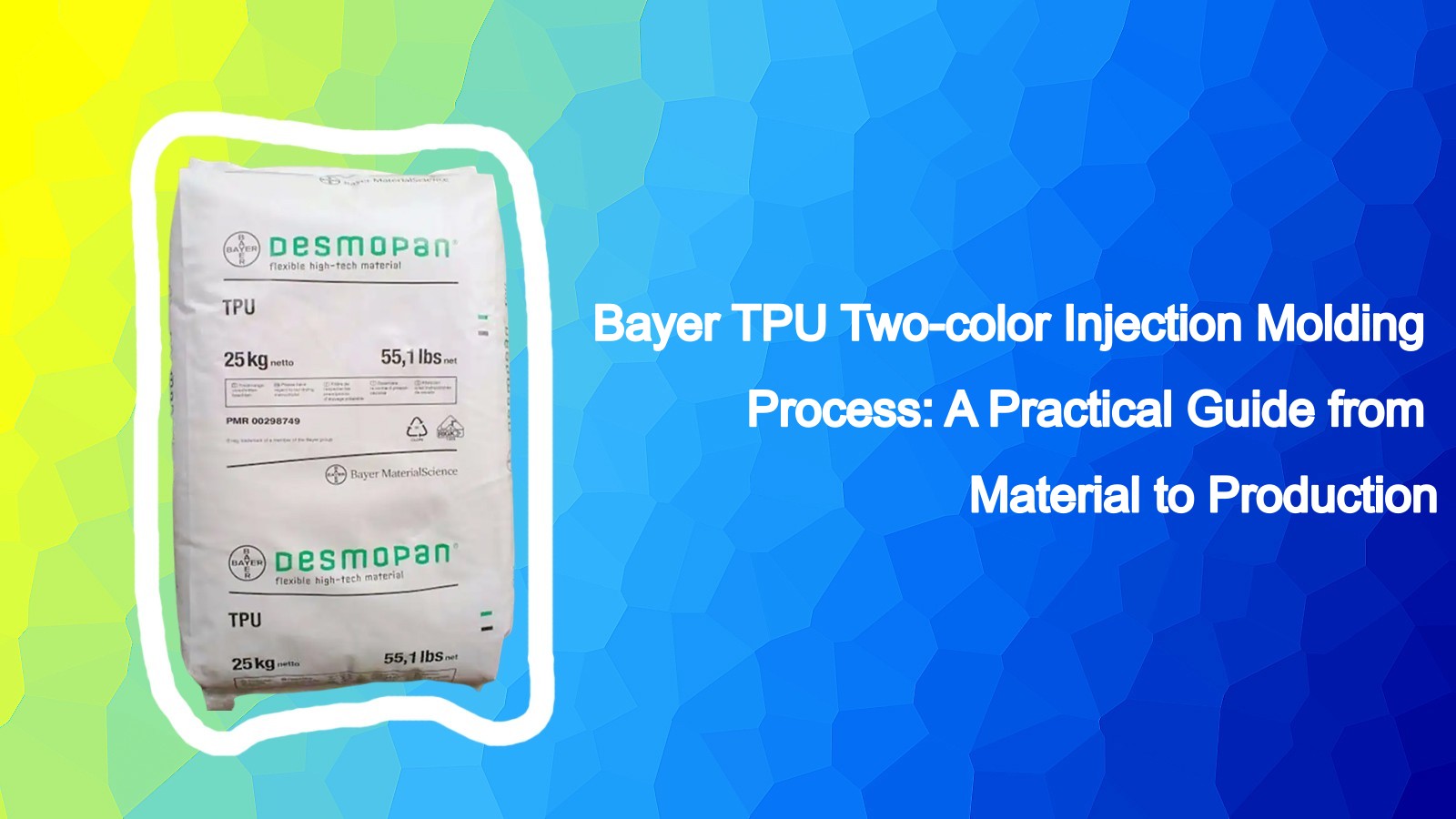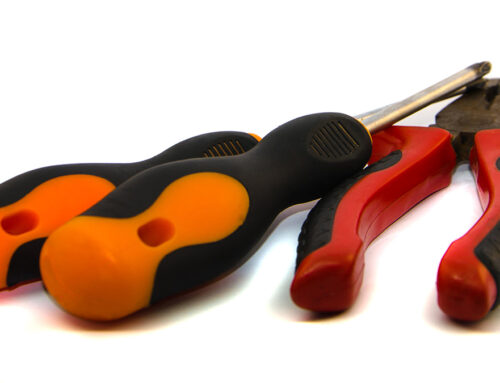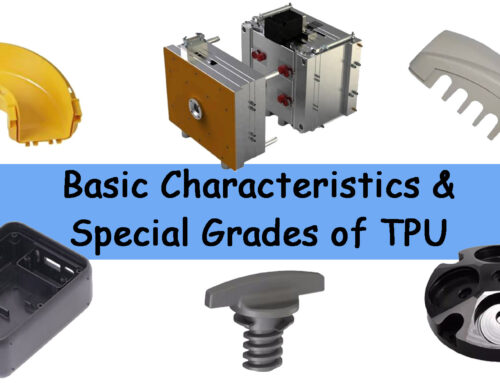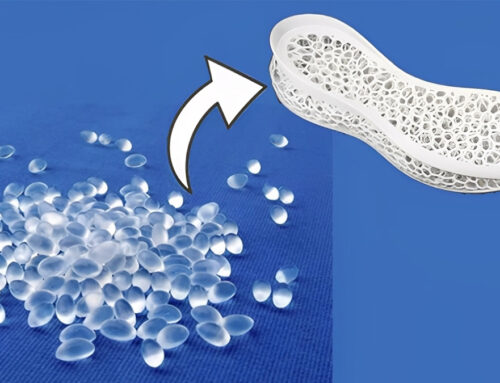TPU is an elastomer and is widely applied in two-color injection molding process. Bayer TPU possesses excellent physical properties and is characterized by targeted development. In other words, it has been specifically developed to meet certain special requirements of customers. In the two-color injection molding process, the main factors that affect the overall effect of the product are: 1) material selection, 2) mold development, and 3) injection process, which are also the key quality factors in the traditional injection molding.
As the leading injection molding factory in China, KingStar has extensive experience in TPU two-color injection molding processes. This article provides a brief analysis of the TPU material developed by Bayer Company. However, it should be noted that the current materials business of Bayer has been separated out and is now handled by its subsidiary Covestro. But for the sake of clarity in the text, we will still use the term “Bayer TPU” to refer to the material.
1. Why choose Bayer TPU for two-color injection molding?
TPU (thermoplastic polyurethane elastomer) has excellent elasticity, wear resistance, and weather resistance, making it an ideal material in the field of two-color injection molding. And Bayer TPU stands out due to its targeted research and development advantages – its products are not of a general design but precisely match the special needs of customers: it can provide customized solutions in high- and low- temperature stability, chemical corrosion resistance and specific hardness requirements.
In the two-color injection molding process, the core advantages of Bayer TPU are as follows:
- Wide compatibility: it forms high-strength adhesion with rigid plastics such as ABS, PC, PC/ABS, PA (nylon)
- Flexible hardness range: it covers the hardness range from 60A to 98A, meeting different touch and functional requirements
- Stable processing performance: it maintains physical performance consistency in complex injection molding environments, reducing production fluctuations
2. Three Core Factors Affecting TPU Two-Color Injection Molding Results
Two-color injection molding with elastic TPU typically uses two materials: the elastic TPU itself and a rigid plastic. This is different from traditional injection molding. When both materials are used for injection molding simultaneously, the first thing to consider should be their adhesion characteristics. If the affinity between them is poor, it indicates an error in the initial design stage, which will lead to significant trouble in the subsequent production. Bayer has developed several materials specifically for two-color injection molding, which can have good bonding strength and excellent tear strength on rigid plastics such as ABS, PC, PC/ABS, and PA (nylon), with hardness ranging from 60A to 98A:
- For ABS substrates: It is recommended to use the 85A-95A hardness type, with a bonding strength of over 20N/cm.
- For PC/PA mixed substrates: Choose the 75A-85A type to balance flexibility and bonding stability.
- For special scenarios (such as oil-contaminated environments): The Bayer anti-chemical series can be selected to ensure no delamination during long-term use.
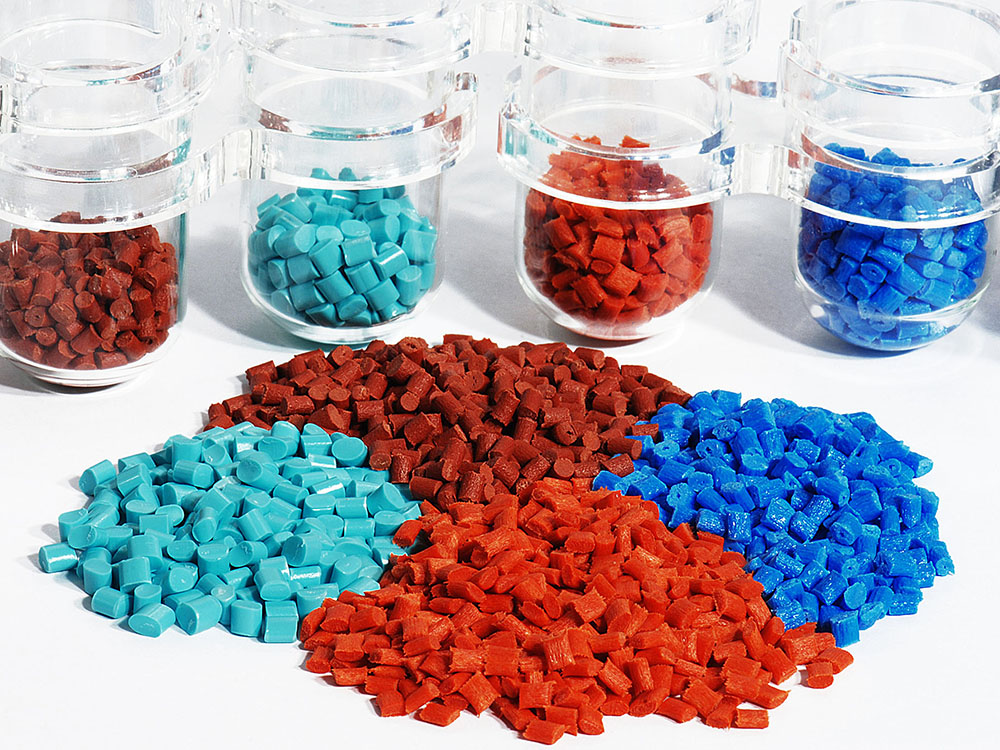
2.2 Mold Development
Taking the material properties into account during the mold development process can achieve twice the result with half the effort in the subsequent injection molding process. What parameters should be considered when developing the molds for Bayer TPU? Shrinkage rate. For complex two-color molds, if the shrinkage rate is not set properly, it is likely to cause problems such as difficulty in demolding, high defective rates, or unstable assembly dimensions, so close attention must be paid.
So, how should we determine the shrinkage rate when developing the molds? It is important to consider the product usage, the distribution of soft and rigid plastic, and the movement direction of demolding and parting.
- General shrinkage rate parameters range: 0.6% to 1.8%, depending on the hardness of the material (from hard to soft).
- Material hardness: The higher the hardness, the smaller the shrinkage rate (for example, 98A is approximately 0.6%-0.9%, 60A is approximately 1.5%-1.8%)
- Product structure: For complex cavities and thin-walled parts, the shrinkage rate should be appropriately increased (it is recommended to add 0.2%-0.3%)
- Demolding direction: The shrinkage rate along the demolding direction should be 0.1%-0.2% higher than that in the vertical direction
Tip: Ignoring the difference in shrinkage rates may lead to difficulties in demolding and dimensional deviations (especially at the assembly positions). It is recommended to conduct mold flow analysis in conjunction with the material data manual provided by Bayer.
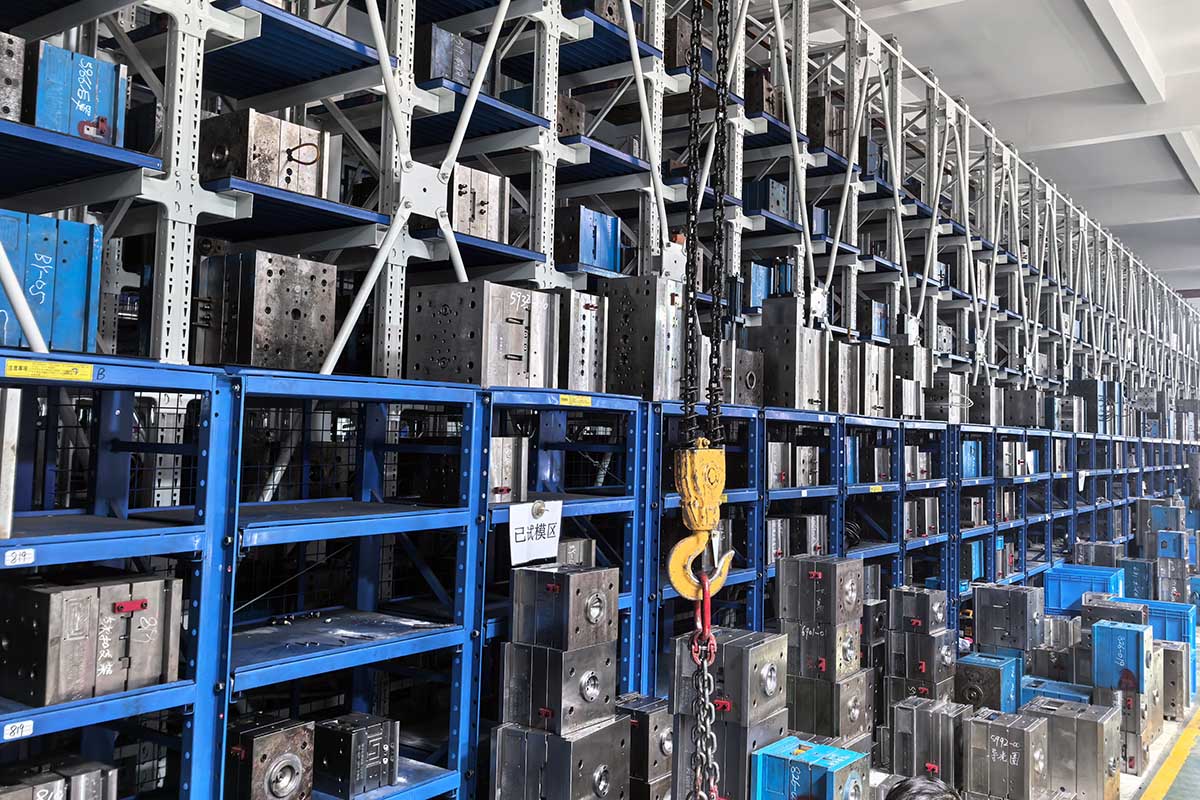
2.3 Equipment Debugging and Production Control
There are several methods for adjusting the injection machine in TPU injection molding process. Parameters such as the melting temperature, injection speed, mold rotation, etc., all directly affect the quality of the product. When it comes to machine cleanliness, it is important to consider these factors: oil stains and dirt on the mold, cleanliness of the barrel, sanitation of the hopper, and whether the machine is contaminated with colored powder or additives. These are all aspects that need to be considered in TPU two-color injection molding. Our company provides free on-site guiding suggestions to customers who engage in two-color injection molding. Because in order to fully utilize the performance of Bayer TPU, we must conduct a more comprehensive analysis of the external factors that affect performance to assist the factory in solving the problem, and ultimately, to achieve a mutually beneficial and win-win situation.
The following are the key points for debugging that have been verified through extensive practical experience:
- Temperature control: The barrel temperature should be adjusted according to the hardness (for 60A-70A, it is recommended to set at 180-200℃; for 90A-98A, it is recommended to set at 200-220℃), and the mold temperature should be maintained at 40-60℃ to reduce internal stress.
- Injection speed: Use a “slow – fast – slow” segmented mode to avoid TPU degradation due to excessive shear heating.
- Equipment cleaning: Before production, thoroughly clean the barrel with PE material to avoid residual impurities that may affect the purity of the material.
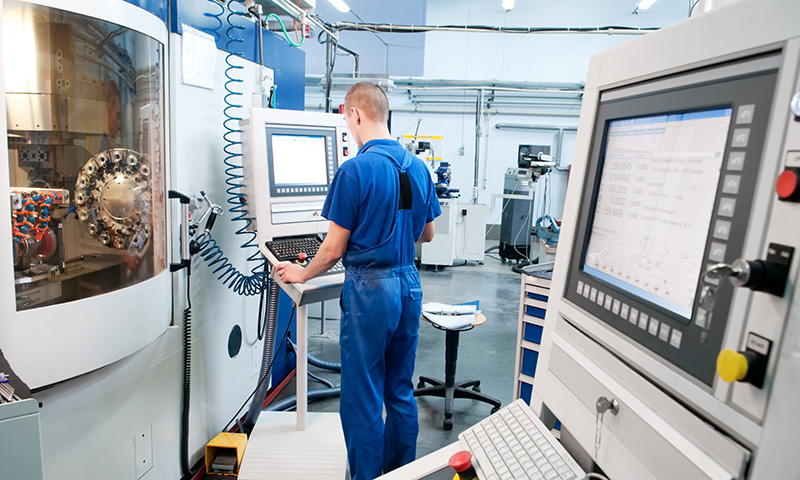
3. Brief analysis of the principle
TPU is a thermosensitive material, and temperature differences lead to different manifestations of its properties. This is also true for Bayer TPU. In the field of two-color injection molding, more specifically, overmolding, emphasis is placed on such principles:
- Soft-over-hard process: First, inject rigid plastic (such as ABS), then inject TPU. Utilize the molten state of TPU to form a physical fit with the rigid base material.
- Chemical adhesion: Reactive groups (such as isocyanates) in Bayer TPU chemically react with some plastics (such as PA) to form molecular-level bonding
- Temperature gradient: Control the temperature difference between the two injections to be within 50-80℃ to prevent substrate deformation due to overheating.
To gain systematic processing expertise in two-color applications, theoretical support is needed to facilitate the summarization and discovery in practice. KingStar welcomes any corrections or discussions, and please feel free to send us an email at sales@kingstarmold.com for professional suggestions on TPU selection for your project.
